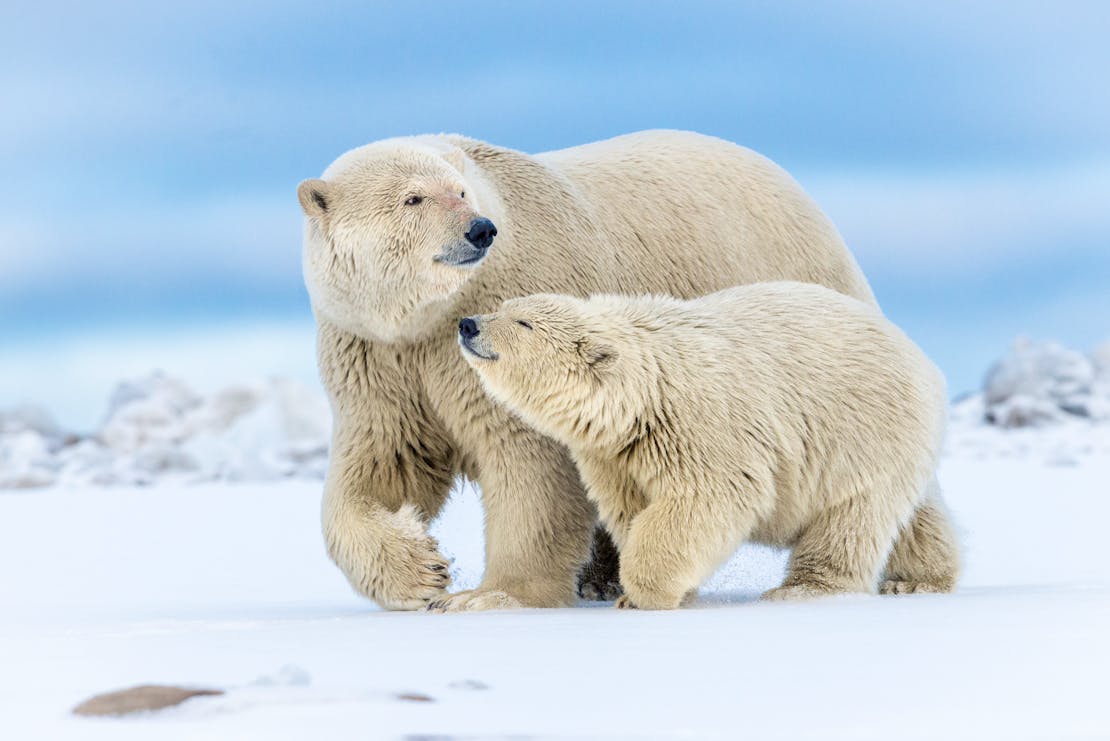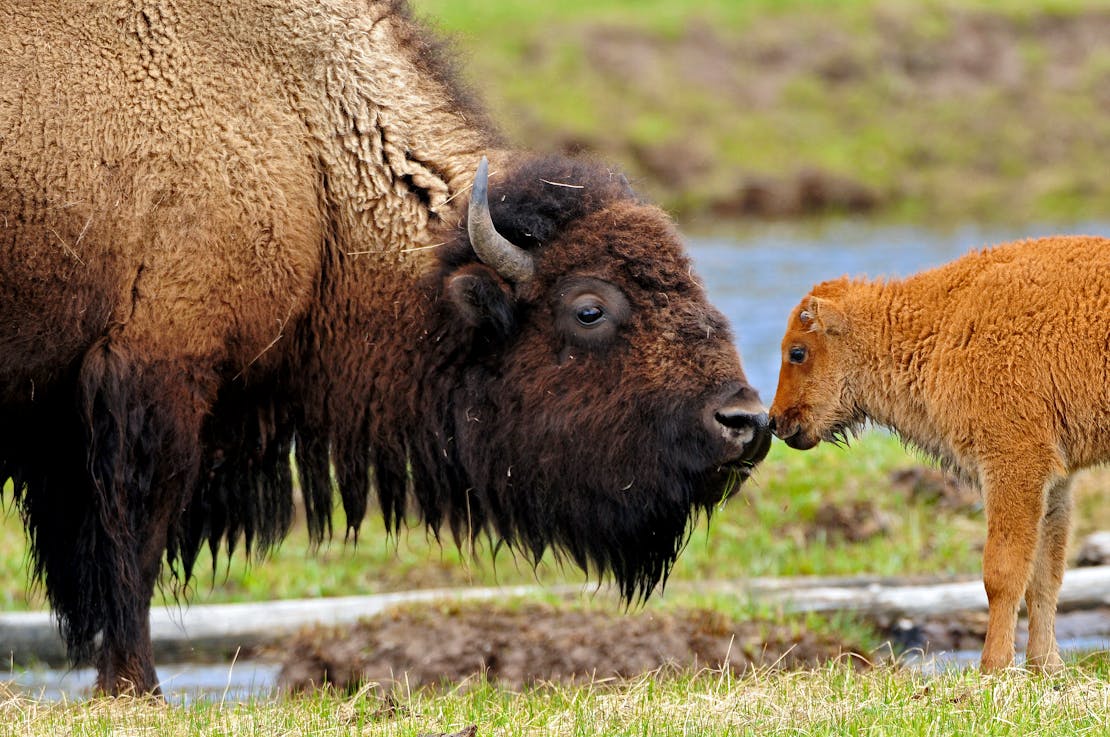The Trump administration released a suite of new regulations this week that take a wrecking ball to the Endangered Species Act (ESA) and the conservation of endangered and threatened species.
This comes at a time of unprecedented threats to biodiversity: Last week, the world was stunned once again when the International Panel on Climate Change's Lands Report provided clear evidence that climate change is threatening wildlife and the world's food supply. And that report came just a few months after an international panel of the world's leading scientists sounded the alarm that 1 in 8 species—up to 1 million species worldwide—are now threatened with extinction.
We are losing species faster than ever before in human history, at tens to hundreds of times faster than the expected natural extinction rate. There is no doubt about it—humans are the cause, and we will ultimately pay the price for this devastating loss of nature.
This is a critical time for wildlife and the planet, and policymakers should be doing all they can to strengthen laws like the ESA that protect nature for ourselves and for future generations. But the Trump administration's new regulations undermine the act's science-based listing process, weaken protections for critical habitat and turns a blind eye to the impacts of climate change. Taken as a whole, the new rules will make recovery of endangered animals and plants more expensive and difficult.
At the same time, this administration is recommending that Congress cut funding for the very programs that conserve wildlife and habitat and embracing policies, like drilling off our coasts and in the Arctic National Wildlife Refuge, that will devastate species habitat and exacerbate the climate crisis.
Testifying before the House Natural Resources Committee on May 15, Interior Secretary David Bernhardt was asked whether he worried about the effect of climate change. His response: "I haven't lost any sleep over it." Judging from his latest actions, he's not losing sleep over the biodiversity crisis either. Under his direction, the Interior Department's new regulations will significantly undercut the lifesaving potential of the ESA for imperiled species.
I also testified before Congress in March 2019 on the state of wildlife. Unlike Bernhardt, I am most definitely losing sleep over what is happening to our wildlife, our planet and us. Human activities are exacting an increasingly destructive toll on wildlife and the habitats on which they depend, at the same time as policy attacks by some in Congress and the Trump administration undermine essential frameworks for protecting wildlife and public lands. Biodiversity decline is a symbol of what we are doing to the Earth. And what befalls the Earth ultimately will come back to haunt us.
Guided by U.S. environmental policies, including the ESA, Americans have mobilized over the years to save many species from the brink: the bald eagle, the American bison, the gray wolf. The ESA is incredibly successful, with more than 95 percent of listed species still with us and hundreds on the path to recovery. But still more species here and abroad are facing extinction. More than 1,600 species of fish, wildlife and plants in the United States are protected under the ESA, and many more need such protection to avoid extinction and to recover.
This is the worst possible time to be undermining our federal wildlife laws.We need stronger, bolder and more ambitious laws, visionary courageous leadership and adequate resources to give ourselves a fighting chance to head off the sixth mass extinction. We need to stop and even reverse habitat loss, the leading cause of declines. We need to ensure overharvest, especially in the marine environment, is a thing of the past. And as one of the top drivers of biodiversity decline, now and in the future, addressing climate breakdown should be a priority.
Almost half of all terrestrial mammals and one-quarter of threatened birds have likely already been negatively affected by climate change. While reducing greenhouse gas emissions and adapting to the impacts of climate change are immensely challenging, we can and should do it in a way that produces both economic growth and solutions to protect our deteriorating planet.
There is no time to waste. The Endangered Species Act is our nation's most successful policy to save imperiled species—their lives literally depend on it. Given the inextricable linkage through our dependence on nature, our lives depend on it as well. America needs Congress and this administration to step up to address climate change and other threats to ensure species on the brink of extinction are saved and thrive for future generations to enjoy.
- Jamie
*This was first published as an op-ed in Newsweek on August 15, 2019.











